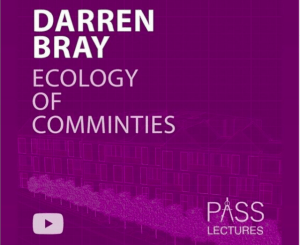We are thrilled, surprised, astonished and delighted to have won the Sustainability Award at the AJ Small Projects Award last night for our St Margaret’s Church, in Portsmouth.
The church had been one of the 20 projects shortlisted in this year’s awards, due to the high level of the other projects shortlisted we hadn’t anticipated coming home with a trophy, to be honest we were just going to enjoy the evening! It was such a wonderful shock when our project was announced.
As part of the process for these awards all those shortlisted were invited to present the project in 2 minutes! Followed by an in-depth Q&A session afterwards from the judges, which was slightly intimidating but a good way to really get to the heart of the project, it must be extremely hard for judges to understand the nuances of each scheme just from a standard award submission.
Thank you to all our wonderful collaborative team who were involved in this project, it could not have been done without us all working together. Also, this project could not have been achieved without our amazing and encouraging client, always so open to our ideas and really became an integral part of the design process, making for a richer and more successful scheme.
This award is so important to us, not the trophy but what it represents. As a practice we strongly believe that architecture hold the potential to be a vehicle for social and economic change for the better, we strongly advocate the idea of reusing and reimagining where possible as it can deliver more sustainable and far richer designs.
Congratulations to all those shortlisted in the awards and to Atkin Studio the overall winner for their Drovers’ Bough project, and to Unknown Works for Brightbox which took the People’s Choice Award. There is an exhibition running for the next month of all shortlisted projects at the APT studio at 235 St John Street, London. If you get a chance it is well worth visiting and is free to all.
